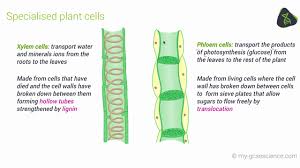Introduction
Cells are the basic building blocks of life, from simple unicellular organisms to complex plants and animals all life relies on the processes that occur in these units. By understanding cell structure and function we can only then begin to truly understand how organisms function as a whole.
The cells topic covers the basic organelles and their functions, differentiated and stem cells and looks at how new cells are created by organisms. We also begin to study how substances move in and out of cells and the field of microscopy and its role in developing our biological understanding of cellular functions.
At Thornaby Academy we teach the cells topic in three parts, these are:
- Cells and Microscopy – you will learn the structure and functions of cells and their organelles. Microscopy involves learning how to prepare and view a tissue sample using a light microscope and learning how to calculate resolution and sizes.
- DNA and Stem Cells – this section looks at what DNA is and its role in creating new cells. You will study the different types and application of cell division and how stem cells can be used.
- Transport- this art of the syllabus studies how materials move into and out of cells and the importance of transport in life processes.
The Essentials





100% Sheet Cells and Microscopy
100 % Practical sheet Osmosis (1)
Deeper Understanding
Eukaryotic and Prokaryotic cells Qs
Specialisation in animal cells Qs
Other Links
Cells-Revision-Resources- Links
Review and Rate your Understanding
Have you learnt all the facts on the 100% sheet?
Have you completed the BBC Bitesize tutorial?
Have you been able to complete all the questions on the 100% sheet?
Let us know how you feel about cells in the comments section below. Any questions you have, just ask.
